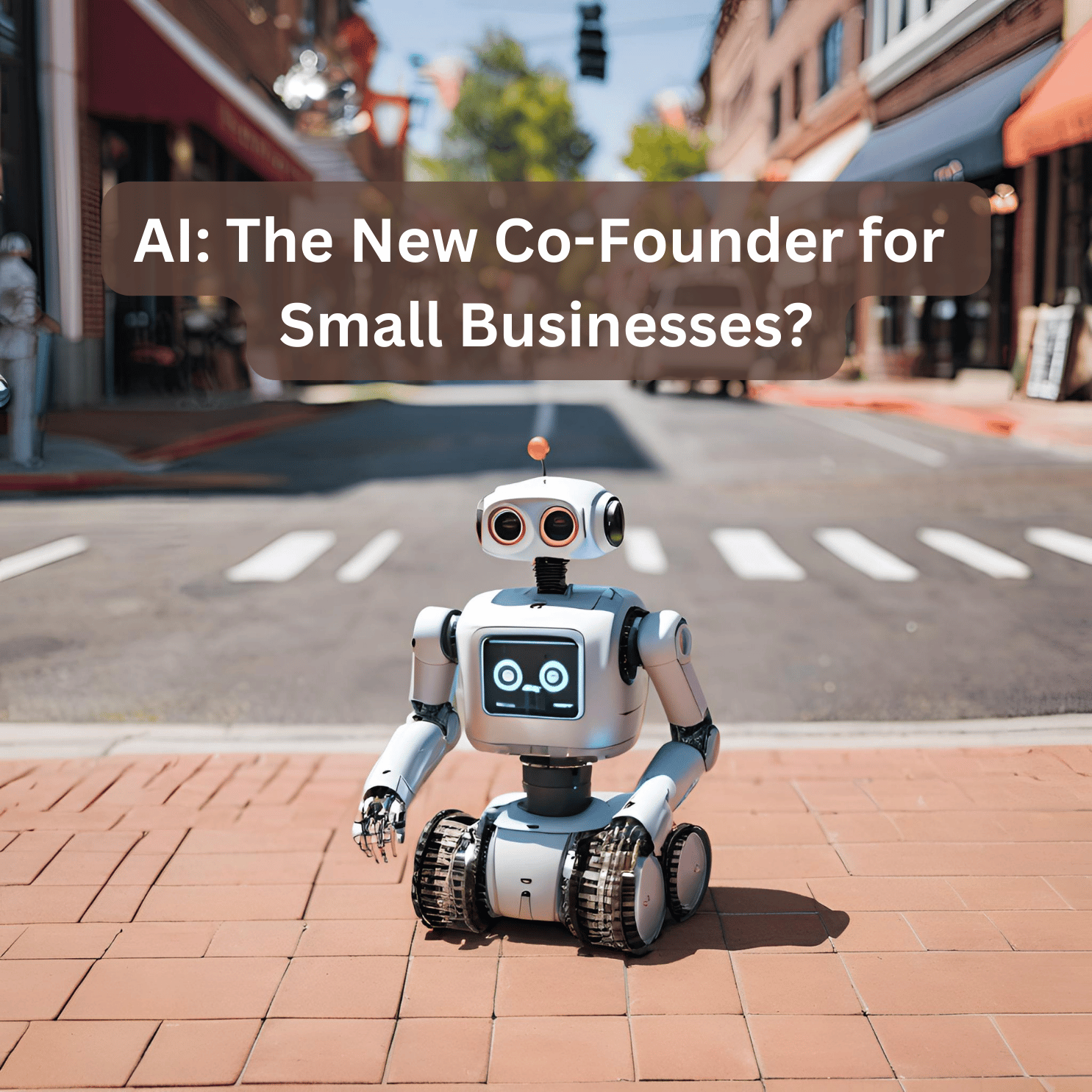AI: The New Co-Founder for Small Businesses? My Take
In today's rapidly evolving business landscape, AI is emerging as a powerful tool for small businesses. A recent New York Times article, "How A.I. Can Help Start Small Businesses", shed light on how generative AI is empowering entrepreneurs to launch and scale their ventures with unprecedented speed and efficiency. I was particularly intrigued by the stories of individuals like Steven Bright, who leveraged ChatGPT to navigate the complexities of starting his company, Skittenz. But overall, having grown up with both my parents being small business owners, the article's core message resonated with me - AI has the potential to be a game-changer for small businesses seeking to leverage the power of this technology. While the potential benefits are undeniable, it's also important to approach AI adoption with a balanced perspective. At the end of the day, for AI to be useful, it has to be a helpful enabler and accelerator for small businesses, not a time killer or distracting rabbit hole that they can get lost in. So let's dive deeper into the article's key takeaways and explore some of the nuances and considerations for small business leaders navigating the AI landscape. Key Takeaways from the Article Accelerated Progress: Sean Ammirati, a professor at Carnegie Mellon University, observed a significant increase in the speed and quality of his students' entrepreneurial projects when they incorporated generative AI into their workflow. "Stilts to Get Through an Obstacle": Steven Bright, founder of Skittenz, aptly describes AI as providing a boost to overcome challenges and move faster towards business goals. Increased Confidence: Access to AI tools gave entrepreneurs like Mr. Bright the confidence to launch their ventures without relying heavily on expensive external expertise. Potential for Faster Profitability and Scale: Research suggests that AI adoption can help businesses reach profitability and scale more quickly. "Bootstrapping [...]







